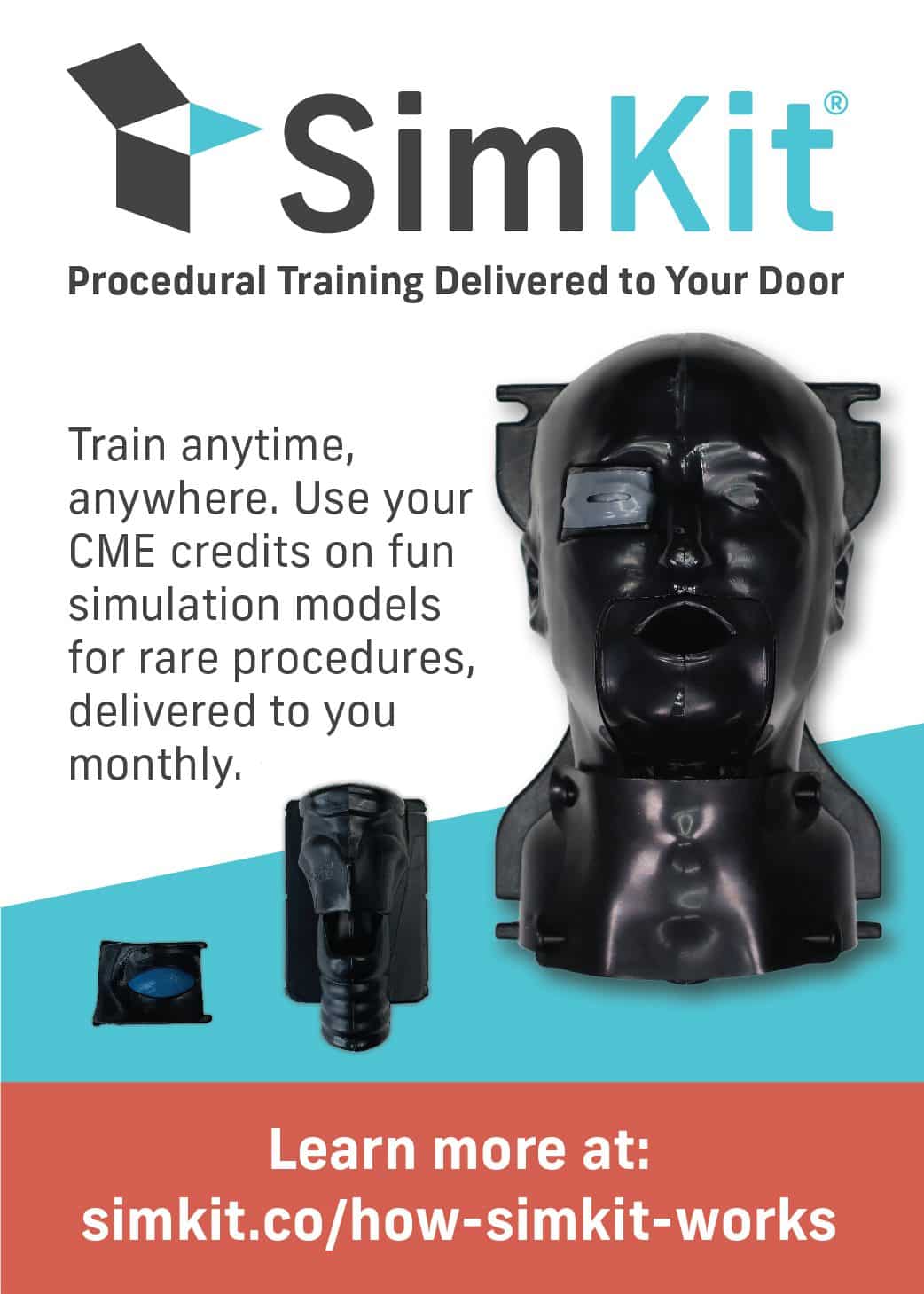
If you don’t know Amal Mattu by now, I am not sure where you have been. Currently he is a tenured professor of Emergency Medicine at the University of Maryland School of Medicine in Baltimore. He has presented at numerous national and international conferences on ECG interpretation, published several books on the topic and if you want more from him just checkout his site ecgweekly.com.
REBEL Cast Episode 23: Is ST-Segment Elevation in Lead aVR Getting Too Much Respect? with Amal Mattu
Click here for Direct Download of Podcast

Tenured Full Professor of Emergency Medicine
University of Maryland, Baltimore, MD
Twitter: @amalmattu
Blog: ecgweekly.com
Lets Start with a Historical Perspective on Troponin:
It was the mid 90’s when Troponin first got introduced into our clinical practice. We already had CK , CK-MB, and myoglobin, but when Troponin got introduced, many felt it was 100% cardio-specific. In other words, if Troponin was positive, it could only be due to a myocardial infarction. But as Troponin got studied more and more, people began to realize that having an elevated troponin, was not specific for a myocardial infarction. In actuality, Troponin can become elevated from a lot of other disease states that are associated with bad outcomes, such as sepsis, intracranial hemorrhage, pulmonary embolism, myocarditis, and renal failure. There are also some things that can cause elevated Troponin without worse outcomes, such as, supraventricular tachycardia, and distance/marathon runners. Troponin, therefore is not specific for myocardial infarction, but instead implies some myocardial dysfunction and/or stress.
BOTTOM LINE: We now understand that we have to apply some clinical correlation to the meaning of elevated Troponins.
A Historical Perspective on ST-Segment Elevation in Lead aVR
When we first started talking about ST-Segment elevation in lead aVR (STE in aVR) 10 or 12 years ago, many thought it was very predictive of a Left Main Coronary Artery (LMCA) blockage with a 70% chance of getting cardiogenic shock and death. This was translated to we should consider activating the cath lab in patients with chest pain and STE in aVR. But slowly, more literature started coming out on STE in aVR, showing that triple vessel disease and proximal LAD blockage could also cause this ECG finding, which are both very serious etiologies. More recently it has been shown that STE in aVR is not specific for LMCA blockage, triple vessel disease, or proximal LAD blockage, but there are some other diagnoses that could cause this finding as well.
There was a study by Kosuge et al published in American Journal Cardiology in 2005 [1], that found widespread ST-Segment depression (STD) of 1.0mm or greater to be present in 82% of individuals with 75% or greater LMCA stenosis, and only 49% of patients without LMCA stenosis. They also stated that STE 0.5mm or greater in lead aVR to be present in 78% of patients with and 14% of patients without LMCA stenosis. So this just emphasizes the fact that STE in lead aVR is not specific for LMCA stenosis.
BOTTOM LINE: Much like Troponin testing we have to apply some clinical correlation to the meaning of STE in aVR.
Some Important Points made by Amal:
- STE in aVR Should be Concerning IF you have a patient with:
- Worrisome/Concerning Symptoms (Cardiopulmonary Symptoms) AND…
- ST-Segment Depression in Several Other Leads
- Don’t worry so much about STE 0.5mm or less in lead aVR, because it lacks specificity. Using 1.0mm or greater in lead aVR, has better specificity
- Patients with ACS due to LMCA Blockage, Triple Vessel Disease, or Proximal LAD Blockage will look “sick” due to global cardiac ischemia. This narrows the number of patients we would consider activating the cath lab for with STE in aVR.
What Else can Cause STE in aVR that Won’t Benefit from Going to the Cath Lab?
Worrisome Diagnoses:
- Thoracic Aortic Dissection
- Massive Pulmonary Embolism
- Massive Gastro Intestinal Hemorrhage
Non-Worrisome Diagnoses:
- Left Bundle Branch Block (LBBB)
- Left Ventricular Hypertrophy (LVH) with Strain Pattern
- Severe Atrial Tachydysrhythmias
LMCA Occlusion or LMCA Insufficiency?
Some physicians believe using the phrase “LMCA Occlusion” is inaccurate, because if these patients had true 100% occlusion of their LMCA, they would be in cardiogenic shock. Instead it is believed that most of these patients have at least some flow in their LMCA and the better phrase would be “LMCA Insufficiency.” Does it really matter?
Some people may assume that the term occlusion, automatically means a 100% lesion, but many use the term as 50% occlusion, 70% occlusion, etc….maybe insufficiency is a better term, but it is just a matter of semantics in the end.
What do you say to Cardiology Fellows/Attendings When they say Something to the Effect of “I don’t care About Lead aVR?”
A lot of how you approach this conversation is dependent on the relationship you already have with the cardiologist. First, explain that the patient is looking “sick” and then describe the ECG with diffuse ST Depressions and ST Elevation in aVR that concerns you for a LMCA lesion, or triple vessel disease. Some cardiologists will say OK, lets take the patient to the cath lab and others may say, this patient does not meet cath lab criteria, treat their ischemia medically and if that doesn’t work then call back. If the patient truly does have an acute LMCA lesion or acute triple vessel disease, they will not become pain free from medical therapy alone and inevitably you will end up calling the cardiologist back and telling them the patient is on maximum medical therapy, still having clinical ischemia, as well as ischemia on the ECG.
IMPORTANT POINT: Non-ST-Segment Elevation Myocardial Infarction (NSTEMI) still qualifies for emergent cath lab activation if your patient has intractable ischemia or pain, despite maximal medical therapy.
Clinical Bottom Lines:
- ST-Segment Elevation in Lead aVR is NOT SPECIFIC for an acute LMCA Lesion, Acute Proximal LAD Lesion, or Acute Triple Vessel Disease
- Correlate Your ECG with the Patient’s Clinical Status
- We Should use STE in aVR of ≥1.0mm as STE in aVR of ≤0.5mm is Non-Specific
References:
- Kosuge M et al. Predictors of Left Main or Three-Vessel Disease in Patients Who Have Acute Coronary Syndromes with Non-ST-Segment Elevation. Am J Cardiol 2005; 95: 1366 – 9. PMID: 15904646
- Barrabes JA et al. Prognostic Value of Lead aVR in Patients With a First Non-ST Segment Elevation Acute Myocardial Infarction. Circ 2003; 108: 814 – 819. PMID: 12885742
Post Peer Reviewed By: Matt Astin (Twitter: @mastinmd)



